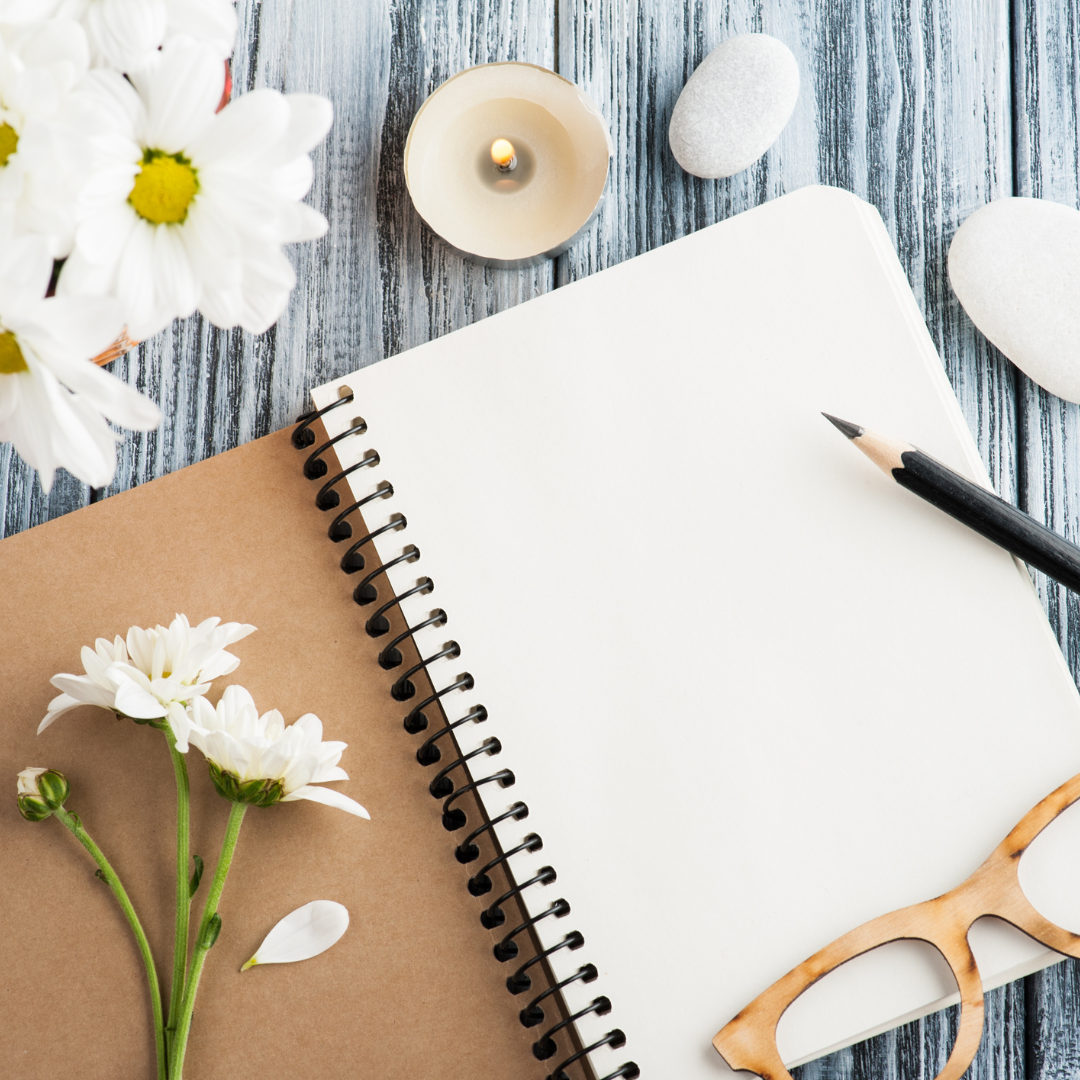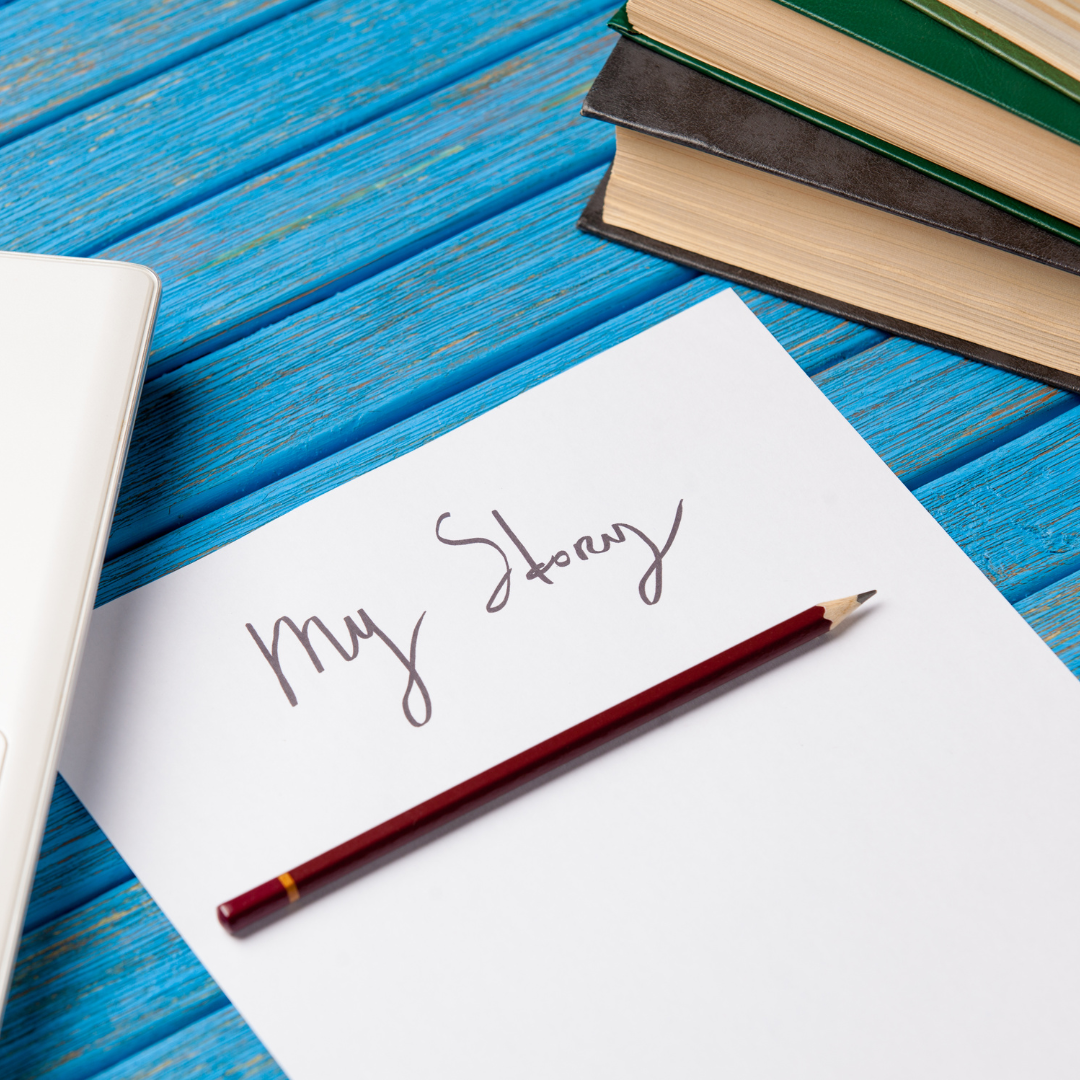My story begins a long time ago, but it is one that I share with others, perhaps many hundreds of others. Our origin was forever to be a secret. Many of us are in the dark about our beginning, but we don’t know it; only a few of us know the truth, and I am one of them. Our parents were told never to tell. Most of us are walking around believing that we are the offspring of the two parents who brought us up. But there is a twist to our story. We are only biologically related to our mothers. The man listed as father on our birth certificates is the man who raised us, but is not our biological father. Our fathers’ identity remains a mystery. The truth was too terrifying a burden to place on children who were born of such an unorthodox procedure. But then, a few of us found out, some of us were told, and we want to tell our stories.
I am donor offspring
I belong to a group of people who are donor offspring, conceived via artificial insemination from an anonymous sperm donor. In England in the late 1940s my parents, faced with infertility, sought help from the pioneering London gynaecologist Mary Barton. Then, she was one of only two physicians brave enough to experiment with donor insemination (DI), and aiding infertile couples to conceive and give birth to the children they so badly wanted. The carefully orchestrated procedure was not only successful in determining my own conception, but also was responsible for the birth of my brother four-and-a-half years later. In contrast to some reports of families with donor offspring, ours was a relatively uneventful childhood. We were not aware that the truth was being withheld from us. My parents had been advised not to tell, and they kept their agreement. We never suspected that we were not like every other family we knew. Friends and relatives cooed over us as children, and even commented on how much we resembled our mother and our father. Disclosure came when I was 22 and my brother 18, six months after the death of my father. Our mother carefully and lovingly told us the story of our beginning. Though originally loyal to our father’s desire that we should never know of the choice of DI, she felt that we should know the truth after all. It was an immense surprise and shock. I remember examining my hands and face in the mirror seeking physical evidence of this new biological father’s presence, and being fascinated by the prospect that half of me was unknown. I also felt sadness and frustration that I would never be able to talk about this new revelation about my identity with the man whom I had now discovered was my social father; but he was still my father. I wanted to tell him how I admired him and my mother for the courage that it took to chose DI, when the church and even the medical profession had looked on this procedure with vitriol. Years passed and I followed the path life presented to me, moving to the USA, obtaining a graduate degree in social work, working, marrying and giving birth to a daughter. I had somehow incorporated the meaning of this new part of me, and had grown to accept my birth origin. I thought about it very little.
Who am I?
Things gradually changed when my daughter was to reach the age of majority. My job as a parent was shifting, and, as many do when approaching middle age, I began to re-examine who I was, what was important to me and where I was in my life. One half of my genetic origin was still a mystery, and my daughter was about to start her life as an adult, still not being able to identify one quarter of her own biological background. Questions began to surface. What genes do we carry that may be associated with disease? Am I a woman who carries the BRCA1 gene? Women from Ashkenazi Jewish families are more likely than other women to carry this gene that causes an increase in the risk of breast cancer. I was raised as Anglican, but was my donor father Jewish? It became important to me as a person, and as a parent to my daughter to discover more.
My quest
My quest began a little over a year ago, and what a surprising, intense experience it has been. The Internet has been an invaluable tool. It has allowed me to communicate with others involved, who live across the globe. I have been amazed at how incredibly open people have been in sharing such personal, detailed stories of their own. Some stories have been poignant and sad; others more joyful. Why do I want to know who my father was? I have come to realise that every person has a need to know. To know one’s family history, to know where one fits, to know to which group one belongs, not only to feel valued as an individual, but also to feel part of a group. These encounters have forced me to ask fundamental questions of myself. How comfortable am I admitting to others that I am the offspring of an unknown sperm donor? Do I feel a stigma? Did I choose my helping profession because at an unconscious level I wanted to resolve my own personal issues around being a donor offspring? Or, as someone who is relatively healthy and stable as a person, did I want to reach out to help less able people, struggling with their own issues of identity?
Who is my donor father?
Who is my donor father, if he is still alive? He is a man about whom I am immensely curious. Is he a person who has been happy with his life? Has he pursued a professional career as I have? Is he creatively talented, and did he gravitate towards the arts in his life as I have? What made him laugh and gave him pleasure? Would he be proud of the offspring he created? Is he a parent to children he raised, who are half-siblings of mine? Would he like to meet me, and would he be pleased to know that he contributed to making me the person that I am? More links The fact that a British journalist was preparing a television documentary on the history of artificial insemination in England (Witness: Secret Fathers) led me to hear of another offspring conceived at Mary Barton’s clinic, besides my brother and me. I happened to be in England on holiday when the programme was aired, and was both nervous and fascinated to meet him. Though strangers to each other, we talked openly about the unidentified sperm that contributed to our existence, and the feelings we had on first being told that a turkey baster had helped give us life. The meeting was profound and I wanted him to meet my brother. Strangely enough, a month to the day after this first encounter, the three of us were together. We had begun to brainstorm the idea that a website might be set up where DNA profiles of donor offspring could be posted. People might find half-siblings, and perhaps through this, their donor fathers. We three sent in our blood samples for DNA testing to begin the process. We share a father The results of the DNA testing were a revelation. I was overjoyed to find out that I am indeed a full sibling of my brother, even though he was conceived four-and-a-half years after me. But imagine my utter amazement and incredulity to discover that both of us are half-siblings of the only other man that we knew to have been conceived at Mary Barton’s clinic! We all three share the same donor father! The odds of making this discovery must be infinitesimal. They also suggest that the clinic donor pool was pretty small. It is a disquieting fact that back 1940s some champion donors contributed to the births of over 100 children.
So, how many other half-siblings do we have?
We will never know. Do I want to meet and get to know my half-siblings? Yes. Perhaps when we meet we should all wear little blue jackets like Paddington Bear so that we can identify each other. (Ironically enough, one of the most respected and prolific donors sent his samples to Mary Barton’s clinic via Paddington Station!) Most of us are ignorant of the fact that we are not the sons and daughters of the father listed on our birth certificates. But for the few of us who do know, perhaps some of us may find each other, and some of us may even find out more about our donor fathers. I feel enriched I have evolved to a place where it is important to me to continue my quest. I feel enriched by what I have discovered so far. The story is on going. I do not know my donor father’s identity, and may never know it. But I am enjoying getting to know our new half-sibling, and I want to keep in contact with others involved. I keep adding to my stork file as each new piece of the puzzle falls into place. I know that some parts of it may never be finished. But I’m willing to be open to wherever the quest takes me. In the meantime I feel secure in myself, and am profoundly glad of the fact that my parents gave me life and that I am here.
———————————
Written by Janice Stevens Botsford, Michigan, USA in January 2000.
Editor’s note in 2014: Janice later discovered that she was not in fact a full sibling of her brother (DNA testing is more complicated than the media would lead us to believe) but has gone on to discover about five half-siblings through the same donor and her brother is one of a slightly larger group, including the person mentioned above. The names of both their donors are now known but neither man was still living when his identity was discovered.




